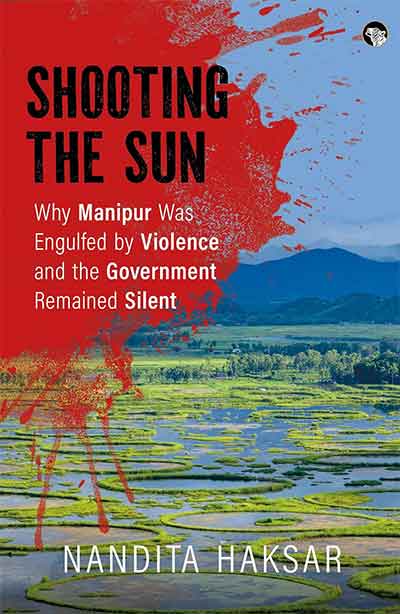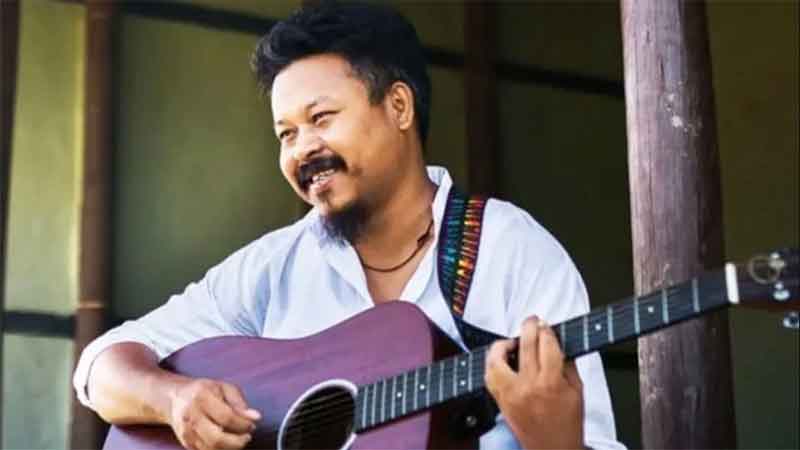
The ethnoreligious violence in the Indian state of Manipur between Meiteis and Kukis has been ongoing since May, but it was only in July 2023 when a video went viral in India showing two women being paraded naked that the world began to pay attention to the situation in earnest. One of the women was reportedly sexually assaulted after the conclusion of the video. Calls for accountability came from all quarters, including the Indian Supreme Court, and even Prime Minister Narendra Modi, the leader of the Bharatiya Janata Party (BJP), was forced to break his conspicuous silence on the conflict in the northeastern state.
The majority of the conflict has been dominated by Meitei mobs, who are mostly Hindus, attacking the predominantly Christan Kukis. The Meiteis have been looting and burning down churches and homes and murdering people, though numerous attacks by the Kukis have also occurred. More than 200 people have been killed as of September 20, with about two-thirds being Kuki and one-third being Meitei. However, property damage is extensive, and tens of thousands of people have been displaced.
“How can we coexist with people who are constantly attacking us and want us to be annihilated… All we want from the government now is a separate administration,” one Kuki farmer said to the New Humanitarian.
In some ways, understanding the violence in Manipur is simple: the Meiteis, who are in the majority, are attacking the minority Kuki community under the auspices of the newly ensconced Hindu right-wing government led by the Bharatiya Janata Party at the state level. It is a playbook that goes back at least two decades to the BJP and allied right-wing Hindu organizations’ 2002 anti-Muslim pogroms in Gujarat.
The BJP and its affiliated paramilitary groups like the Rashtriya Swayamsevak Sangh (RSS) have sought to establish themselves in Manipur as in many other parts of the country. In 2017, the BJP won enough seats in state elections to displace the then-ruling Congress Party through a minority government for the first time. In 2022, it won enough seats to form a majority government at the state level. The emergence of Hinduized communal (sectarian) politics at the state level has led to ethnoreligious violence along with an internet blackout in Manipur.
But as with so much else in India’s ethnically and politically fragmented northeast, the devil is in the details. The northeast is connected to the rest of the Indian subcontinent through a narrow stretch of land referred to as the “Chicken’s Neck.” It is where the country narrows to less than 15 miles between Bangladesh and Nepal. Manipur is one of eight northeastern states and can be broken down into two major areas defined by geography: the hills and the Imphal Valley. In Manipur, the Kukis live predominantly in the hills while the Meiteis primarily occupy the valley. The other communities of the state—the Nagas, for example, another Scheduled Tribe (ST) (the government designation for Indigenous people) who also live in the hills, and the Pangals, who are Muslim Meiteis—have largely been sitting out this conflict.
Further complicating matters, the Kukis can be broken down into individual tribes, viewed as “new” or “old” Kukis depending on when they migrated to Manipur, and are considered as part of a larger agglomeration of related peoples outside of Manipur. The latter are known as the Zo or the Kuki-Zo communities of Myanmar, India, and Bangladesh.
The trigger for the recent conflict was a Manipuri court decision in March that would have paved the road for the Meiteis to also secure ST status, which they don’t currently have, and would have conferred several benefits under India’s affirmative action system. The Kukis, already economically, demographically, and—consequently—politically weaker in the state fear the added privileges that the Meiteis would get if the latter are designated a Scheduled Tribe.
In particular, they have been worried about a land grab by the Meiteis in the hills, which ST status for Meiteis would permit as under the current law, “non-tribals, including the Meiteis, cannot purchase land in the hills,” according to Outlook. The Kukis have also been protesting the fact that the Meiteis already benefit from other affirmative action designations, and adding this new boost would provide them complete dominance in a state that they already largely control: two-thirds of the state legislature’s seats come from the Meitei-dominated Imphal Valley, with only one-third from the hills.
The Kukis have lived in Manipur for an indeterminate amount of time, but the question of how long they have lived there is deeply contested currently. Arguments that the Kukis migrated to the state in the last few centuries or were “planted” by the British are used to create a narrative about them not being native residents of Manipur, paving the way for potential ethnic cleansing. In facing the threat of expropriation from their current land in Manipur, the Kukis suffer a fate similar to other “hill peoples” elsewhere, such as the Basques and the Kurds in other regions of the world. Meanwhile, arguments in favor of the Kukis having lived in Manipur for centuries are used to establish a basis for their rights and autonomy.
The Meiteis, for their part, argue that the ST status is necessary for them to protect their culture, and point, in particular, to an alleged influx of migrants from Myanmar and the growing of opium in the hills. But many like Manipur Chief Minister N. Biren Singh have taken to using this language to depict Kukis as outsiders to the state, and ethnic divisions between the Kukis and the Meiteis are now sharper than they were before the outbreak of violence.
According to a source I spoke with, who is based outside Manipur and wished to stay anonymous for fear of retribution, the largely unchecked violence in the state was “backed by the state in some way or another.” This observer said it was impossible that three months of unchecked mob violence could continue without some level of tolerance by the Manipur government. He noted that the viral video of the sexual assault incident shows how the police were standing by and not intervening.
He further said that the thousands of arms looted from armories and police stations could not have been taken without a level of complicity by the state. However, it should be noted that in past incidents, such as the Maoist acquisition of arms in India, weapons have been obtained on a mass scale without the government’s involvement or consent.
Finally, the observer said that even before the current conflict, the Manipur state government had begun to take over land in the hills through various means in order to circumvent authorities in Kuki-dominated areas who are meant to have a say under current law.
The worst of the communal violence in Manipur has largely abated. But with thousands of Kukis having fled the Imphal Valley and no clear resolution on the question of ST status for Meiteis and land, it is unlikely that this is the last we will hear of violent communal conflicts in Manipur.
Saurav Sarkar is a freelance movement writer, editor, and activist living in Long Island, New York. They have also lived in New York City, New Delhi, London, and Washington, D.C. Follow them on Twitter @sauravthewriter and at sauravsarkar.com.
This article was produced by Globetrotter.













































